Optimal Timing for Storm Restorations
Storm restorations are most effective when performed during periods of calm weather, typically in late spring through early fall. Conducting repairs in favorable conditions minimizes delays caused by adverse weather and ensures quality work. Timing also depends on the region's climate patterns and the specific vulnerabilities of the property.
These seasons often see fewer storms, allowing for safer and more efficient restoration work. It provides ample time to complete repairs before the storm season peaks.
Immediately after a storm, repairs should begin to prevent further damage. Prompt action can mitigate issues like leaks and structural weaknesses.
Scheduling restorations during off-peak times can reduce costs and availability issues, ensuring timely completion.
Avoiding work during winter or rainy seasons reduces risks associated with working in wet conditions, such as slips or incomplete repairs.
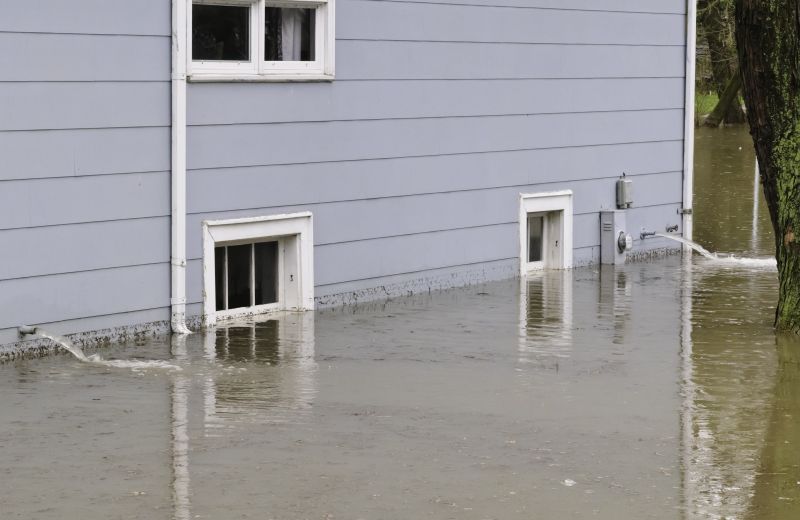
Assessing damage promptly after storms ensures timely restoration.

Ideal for safe and effective roof repairs post-storm.
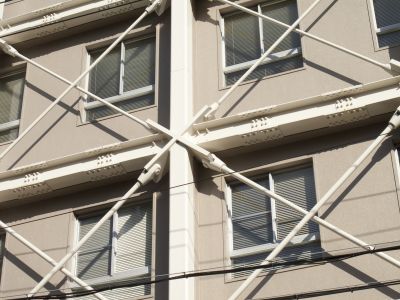
Strengthening structures during stable weather prevents future storm damage.
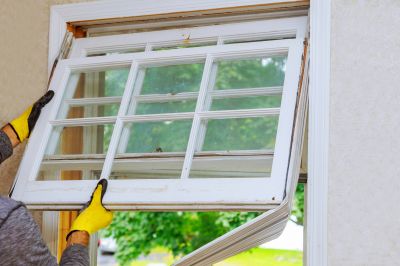
Ways to make Storm Restorations work in tight or awkward layouts.

Popular materials for Storm Restorations and why they hold up over time.

Simple add-ons that improve Storm Restorations without blowing the budget.
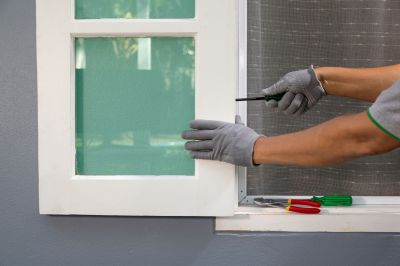
High-end options that actually feel worth it for Storm Restorations.

Finishes and colors that play nicely with Storm Restorations.
| Season | Ideal Timing |
|---|---|
| Spring | Early spring before storm season |
| Summer | Mid to late summer during dry periods |
| Post-Storm | Immediately after storm events |
| Off-Season | Late fall and winter |
| Region-Specific | Based on local climate patterns |
Storm restorations involve repairing and reinforcing structures damaged by severe weather events. Proper timing ensures that repairs are completed efficiently and effectively, reducing the risk of further damage. Accurate assessment and prompt action are key components of successful storm damage management.
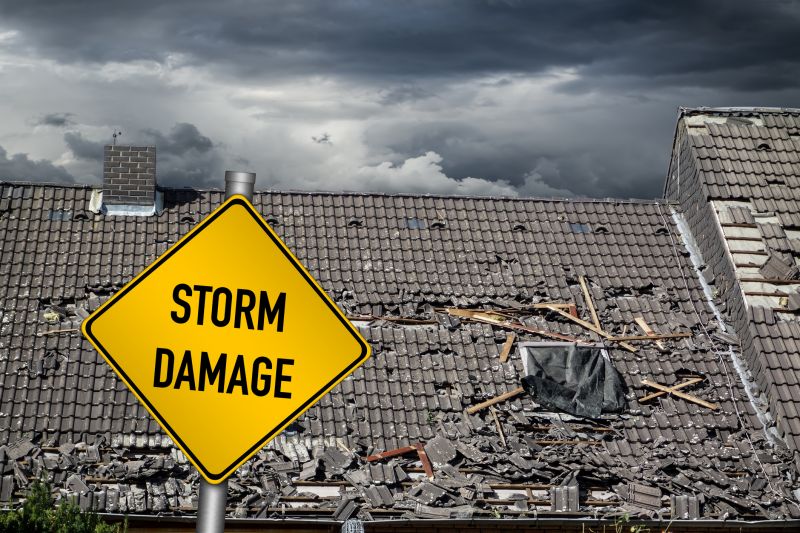
Visual evidence of storm impact on roofing systems.

Workers repairing roof and structural damage.
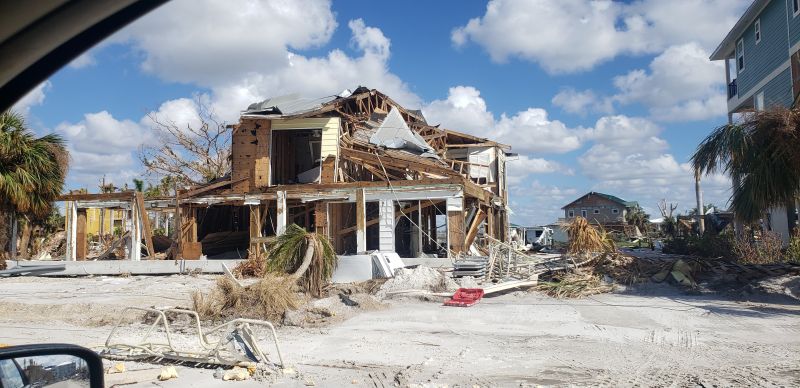
Structures restored to pre-storm condition.
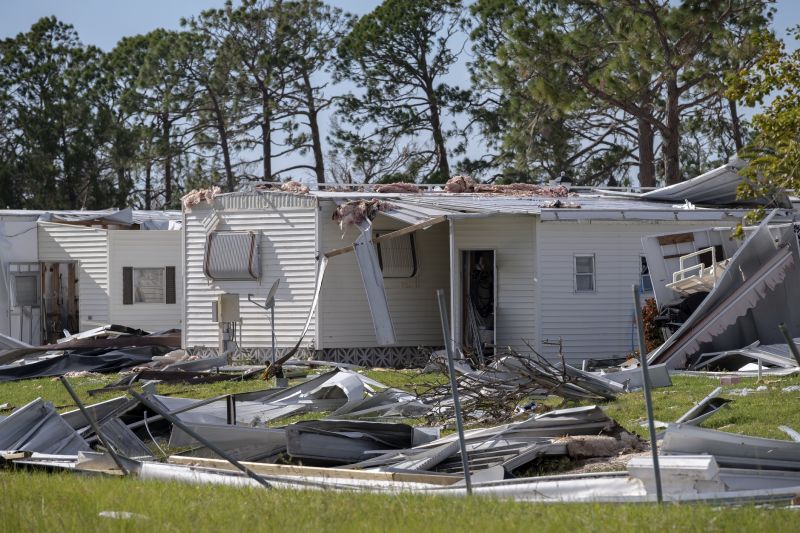
Inspecting properties for storm-related damage.
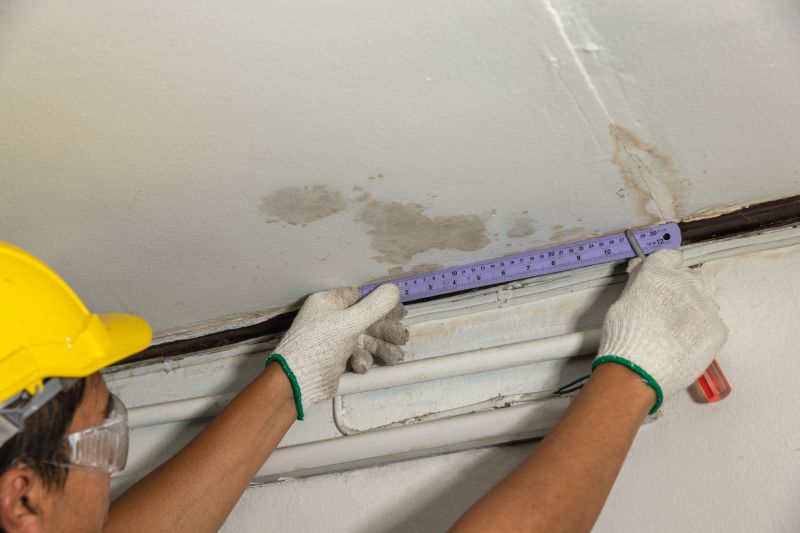
Little measurements that prevent headaches on Storm Restorations day.

A 60-second routine that keeps Storm Restorations looking new.
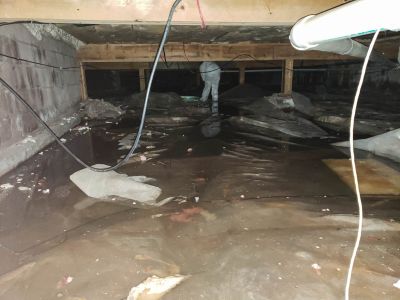
A frequent mistake in Storm Restorations and how to dodge it.

Small tweaks to make Storm Restorations safer and easier to use.
Properly timed storm restorations can significantly reduce the risk of secondary damage and improve the resilience of structures against future storms. Regular inspections and prompt repairs are essential components of effective storm damage management.
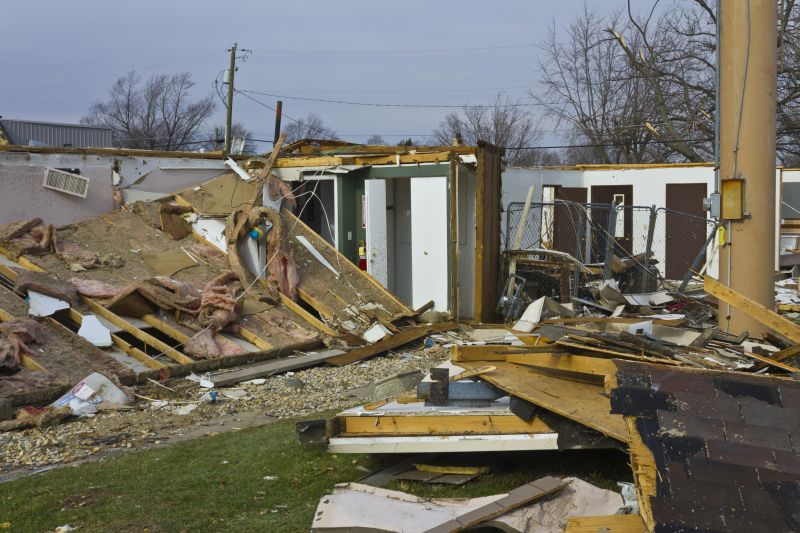
Strong, storm-resistant roofing after restoration.
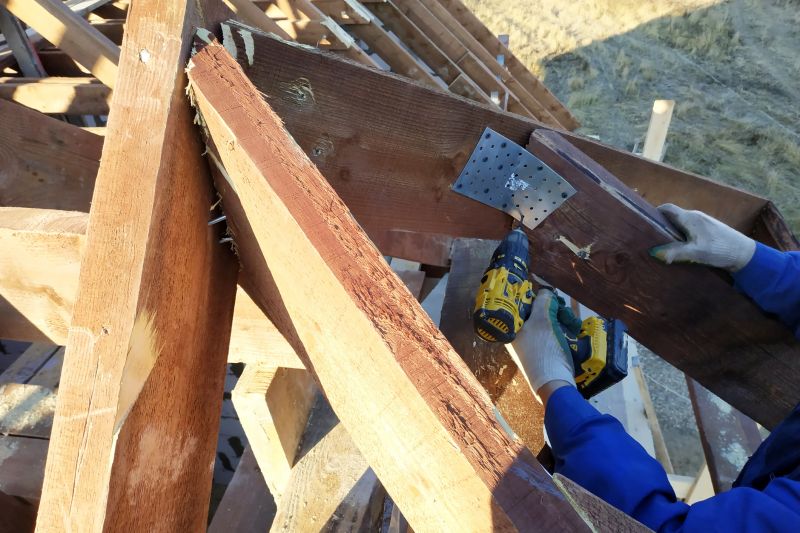
Enhanced structural integrity post-restoration.

Features installed to prevent future storm damage.
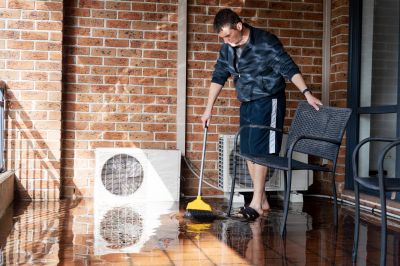
Lower-waste or water-saving choices for Storm Restorations.

The short, realistic tool list for quality Storm Restorations.

Rough timing from prep to clean-up for Storm Restorations.

Quick checks and paperwork to keep after Storm Restorations.

Examples that show the impact a good Storm Restorations can make.
Interested property owners in Tempe, AZ, can consider scheduling storm restorations during optimal weather windows to ensure safety and quality. Filling out the contact form can facilitate planning and timely execution of restoration projects.


